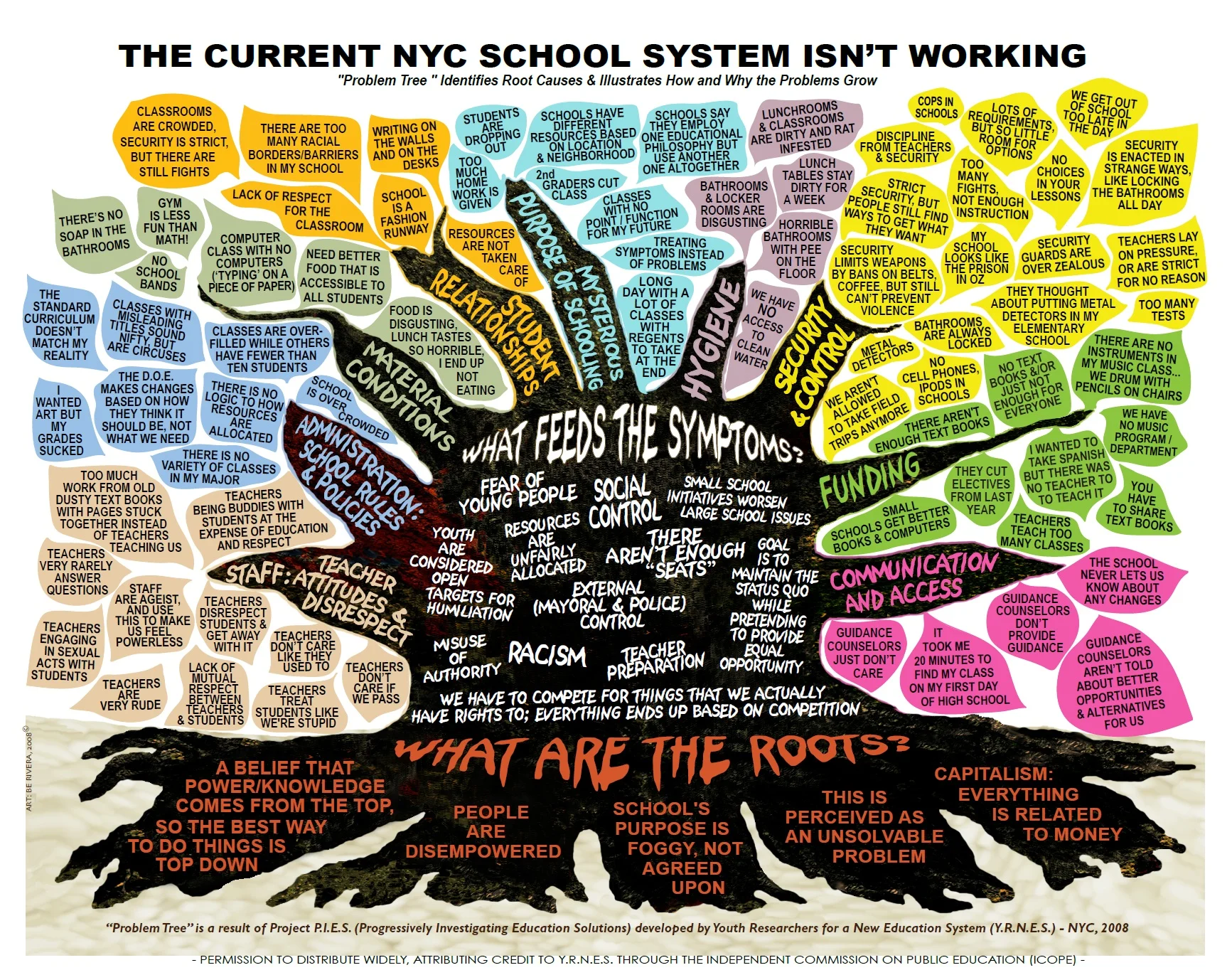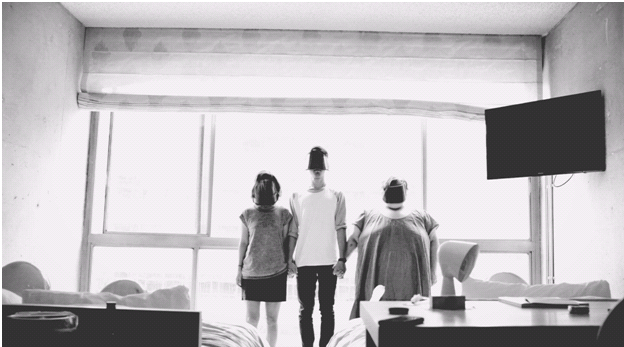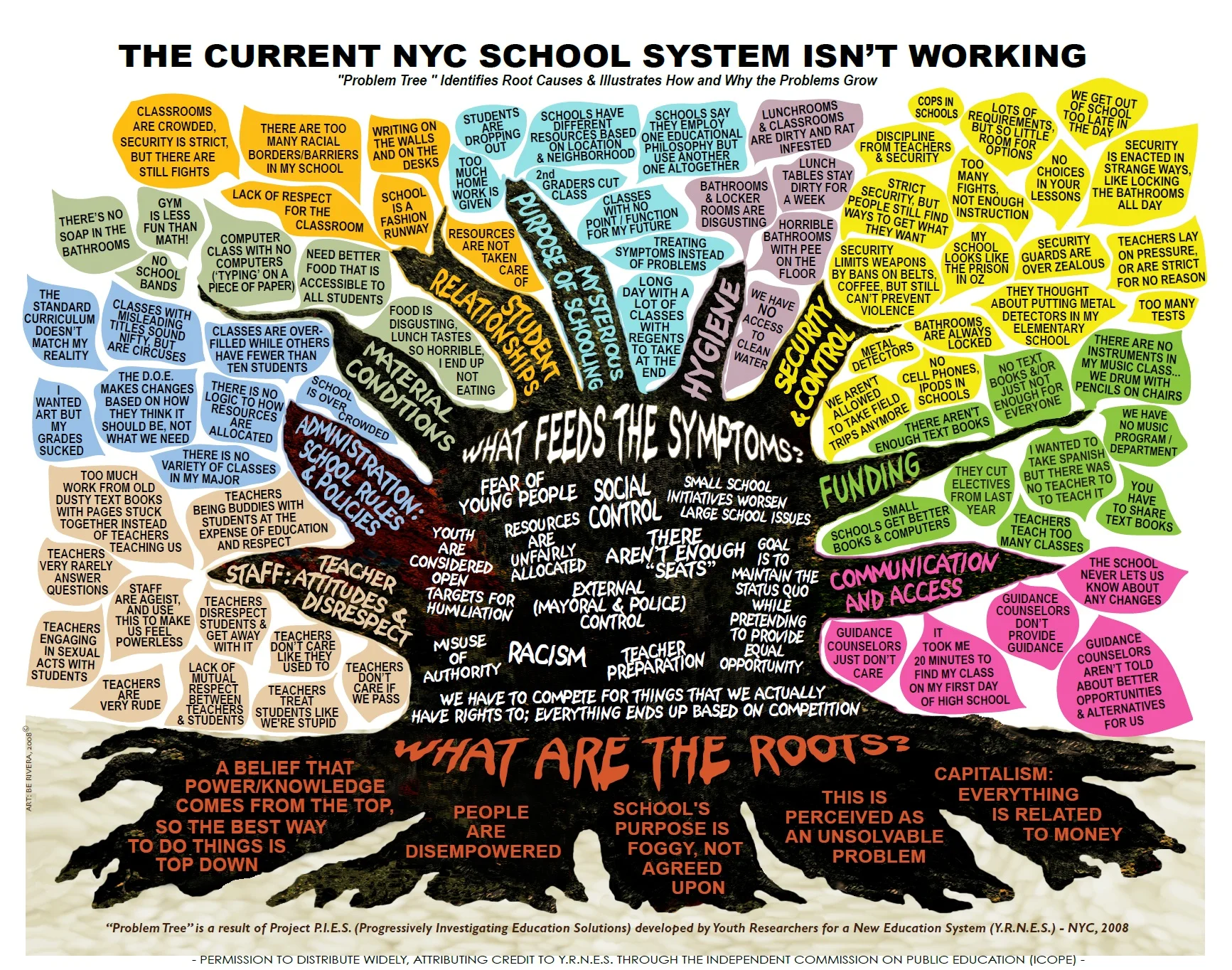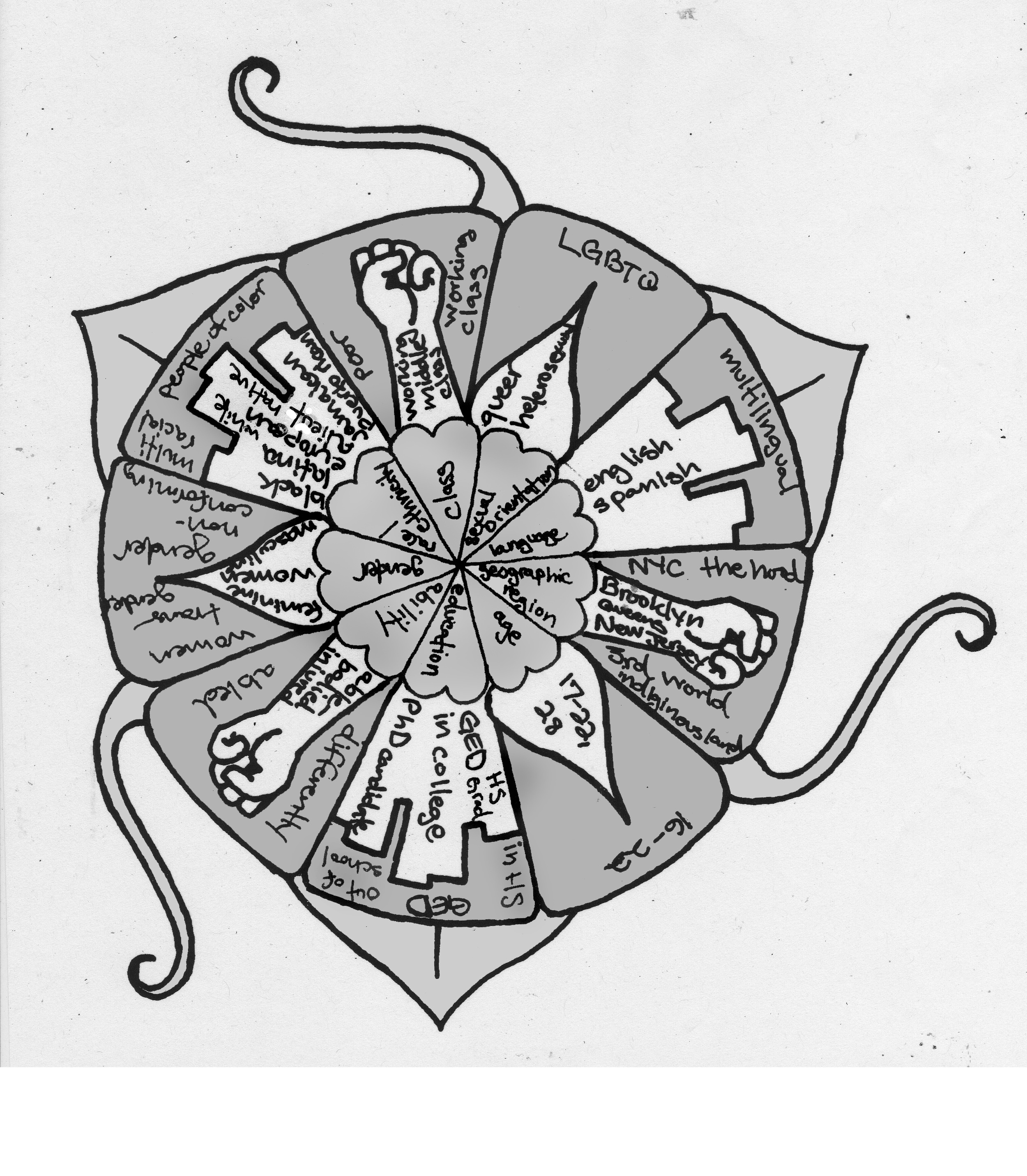Super Futures Haunt Qollective (SFHQ) is an art and research based collaboration between three avatars: SFAOW (Specularity: Fugitive-Alterity Or Whatever), Agent O, and Lady HOW (Haunting or Whatever). They are also sometimes known as the science fiction pop stars F. Sam Jung, C. Ree, and Angie Morrill. In their terrestrial forms, F. Sam Jung is a community organizer turned M.A. Candidate in the Urban Planning department at MIT and C. Ree (MFA University of California, Irvine) is an artist and film programmer based in California, and Associate Faculty in Art at MiraCosta College. SFHQ shares a theoretical and visceral relationship to haunting as a decolonial and inevitable response to the violence of colonialism. SFHQ also shares an affective, life-generating bond rooted in love that affirms our own existence and those of all people that impels us to look for, create, and demand (with critical hope) more ethical futures not-yet-here.
See discussions of our collaborations at the following links:
Not Nowhere: Collaborating on Selfsame Land
Searching and Researching (from Black/Land Project's Blog)
YRNES
The Youth Researchers for a New Education System Project – Eve Tuck, Maria Bacha, Irving Morales, Nzhingha Nkhrumah, Ludwige Saintus, Teresa Ann Willis, and Joanna Vogel
See the YRNES REPORT
This participatory action research project took place between January and November, 2007. The goal of the project was to capture NYC youths’ experiences in public schools. As the team of youth researchers began to work together, two main questions emerged: 1) What are NYC youths’ perspectives on what is and isn’t provided in their schools? 2) What are NYC youths’ perspectives on school organization and leadership? To answer these main questions, the project utilized mixed methods that included a quantitative survey, qualitative focus groups and the Problem Tree. See the YRNES PROBLEM TREE
As we collected and began to analyze our data, we realized that the question of youth perspectives on what is and isn’t provided (question one) could be largely understood as related to unevenly and unfairly distributed resources and competition. The question of youth perspectives on school organization and leadership (question two) could be understood as related to mayoral control and diminished community and youth participation in schooling decision making. These realizations helped us to hone our questions so that we could pose direct questions to youth about their experiences with school resources and access, competition, mayoral control, and opportunities for participation. See YRNES PROJECT DESIGN MAP
The data collection phase of our study was coincidentally simultaneous to a major survey effort in public schools initiated by the Mayor’s office. Although we applauded the Mayor’s office for systematically polling parents and students about their experiences with the school system, we observed that important questions of resources, leadership, and participation were absent from the survey items. For this reason, we spread the word of our survey as, “Not your mayor’s survey.”
Our research yielded three major findings that each serve as an umbrella for many other findings. They are:
1) Young people in New York City believe their schooling is important to them
2) Resources and access to opportunities are unfairly distributed in our school system and in our schools
3) Young people in New York City want more meaningful opportunities to participate in decision making about schooling
Our findings may come as a surprise to some, but we doubt they will be a surprise to many of those who are educators, parents, current and former students, and those who are thoughtful about schooling. These arguments also serve as a progression of our argument/critique of the NYC school system in 2008. It is our hope that our findings will aid in the work toward improving our schools, especially in the redressed distribution of resources and the distribution of leadership and participation.
Our project was featured in “Courage: The Vision to End Segregation, the Guts to fight for It” an exhibit at the Schomberg Center for Research on Black Culture, New York Public Library.
CREDD
The Gateways and Get-aways Project by the Collective of Researchers on Educational Disappointment and Desire
Eve Tuck, Maria Bacha, Jovanne Allen, Alexis Morales, Jamilla Thompson, Sarah Quinter, Jodi-Ann Gayle, Melody Tuck, and Crystal Orama.
“CREDD is the place to interrogate the education system that turned its back on me.” Alexis
“CREDD makes me know that I was sitting down when I should have been standing.” Jodi-Ann
The Collective of Researchers on Educational Disappointment and Desire (CREDD) came together in early 2006 to be a space for youth participatory action research on education in New York City. We are united by our disappointment in the New York City Public school system, and our desire to affect political and educational change in school policies and practices. CREDD researchers are lower and working class, ethnically diverse, live all over the city, and represent a wide range of educational experiences, although many identify as being pushed-out from our former schools, and all of us have felt unwelcome at school. We have developed a critique of a school system that was never intended for us in the first place. Our group defines itself against racism, sexism, homophobia, ageism, the criminalization of poor people, and push out practices in New York City public high schools. We are in favor of schooling that is rigorous, accessible, and free.
CREDD is different from other research spaces because we are not an academic or government space; usually the academy or government has a monopoly on research. We fill different roles based on our interests and talents, where in other research spaces, power is usually only held by those with the most research experience. Finally, we engage in our own process of decision making, whereas other participatory spaces may rely on a one person one vote decision making model that will always muffle the voices of those in numeric minority (Smith, 2000).
CREDD’s approach to PAR holds that those upon whose backs research has historically been carried on are instead researched alongside; In our work, PAR has been a way for young men and women who are marginalized by race and ethnicity, class, gender, and sexuality to demand not only access to the conversations, policies, theories and spaces to which we/they have been systematically denied, but better yet, demand that our research inform and inspire these efforts.
CREDD’s approach to PAR is concerned with what knowing is and where knowing comes from, believing that it is often those at the bottom of social hierarchies who know the most about social oppression, but also, the radical possibilities toward redressing domination (Anyon, 2005; Fine, Tuck, Zeller-Berkman, 2007).
Further, CREDD understands PAR as politic- an embedded and outloud critique of colonization, racism, misogyny, homophobia and heterosexism, classism, and xenophobia in our society, in our research sites, amongst our research collective, and within the larger and historical research community- rather than a fixed set of methods. At the same time, CREDD takes method seriously, crafting each instrument to be interactive and pedagogical, drawing from qualitative and quantitative traditions, and growing our own legacy of hybridized methods utilizing visual arts, theater, and schoolyard games.
For us, PAR means that:
1) There is transparency on all matters of the research
2) The research questions are co-constructed
3) The project design and design of research methods are collaboratively negotiated and co-constructed
4) Analysis is co-constructed.
5) The products of the research are dynamic, interactive, and are prepared and disseminated in collaboration.
Our work stands in opposition to the kinds of research that have and continue to be used for domination. Everyone is involved in developing research questions, project design, data collection, data analysis, and product development. Everyone is responsible for making our space a participatory space. We don’t erase ourselves from our work, our whole selves are involved because lots of kinds of skills and thinking are needed, not just one. By action, CREDD means demanding justice, starting a conversation, taking a stand in order to build power and redefining reality. Action happens all throughout the research, not just at the end. By research, we mean looking again in order to make our own interpretations, breaking silences, and reclaiming spaces that have been used against us. Finally, research means refusing to accept analyses that paint us as lazy, crazy, or stupid.
“I’ve learned that it can be more helpful for me to look for people asking similar questions than to count on those offering answers. I came across CREDD and saw a group of people who were also searching for answers about education and youth achieving self-determination. I’d never done research before and had never even heard of PAR. I ended up joining a diverse group of young researchers who are trying something that hadn’t been done before.”- Sarah Quinter
We co-founded CREDD in February 2006 to do a research project that attended to the over-use and abuse of the General Educational Development (GED) credential as a disguise for pushing out unwanted students in New York City high schools; this project became our Gate-ways and Get-aways Project. Towards the end of 2006 we began consulting on other youth PAR projects, and began our involvement with a larger city-wide initiative to replace mayoral-controlled schooling with human rights-based schooling. In early 2007, we facilitated a participatory action research project with another group of local youth, the newly formed Youth Researchers for a New Education System (YRNES). This project seeks to document students’ visions for school governance, schooling based on collaboration rather than competition and control, and the purpose(s) of schooling.
We call our research project the Gateways and Get-aways Project because we are interested in the GED as both a gate way to higher education and employment, and as a get away from dehumanizing high schools. The GED is a credential of General Educational Development that was never intended for widespread use as an alternative to a high school diploma.
We believe that the increase in numbers of youth GED earners in New York City, even in the face of a possibly diminished value of the GED, can be linked to what it feels like to be in high school. To really understand this link, we needed to do participatory action research. Our collective, who includes youth GED earners, designed the Gateways and Get-aways project to privilege the experiences of youth GED earners and seekers in order to challenge mainstream attitudes toward the GED as being an empty credential, and to understand the lived rather than perceived value of the GED. Seeking out the lived value helped us see how federal mandates (like No Child Left Behind) and state mandated exit exams (like the NY Regents) put pressure on schools to push out students who won’t do well on standardized tests. Youth of color and poor youth (many who don’t feel like school was made for them anyway) are explicitly and implicitly pushed out and pushed towards the GED. Many youth are misinformed about the GED process and mistakenly think that they will be swapping one set of tests for another without having to attend four years of high school. Our participatory action research on the GED has taught us that the value of the GED lies less in it being a gateway to higher education and employment and more in being a get away from inhospitable high schools.
For more information see Tuck, E., Allen, J., Bacha, M., Morales, A., Quinter, J., Thompson, J., & Tuck, M. (2008). PAR praxes for now and future change. In J. Cammarota, & M. Fine (eds.) Revolutionizing education: Youth participatory action research in motion. New York: Routledge.
See also Tuck, E. (2012). Urban Youth and School Pushout: Gateways, Get-aways, and the GED. New York: Routledge.
See also Youth to Youth Guide to GED








